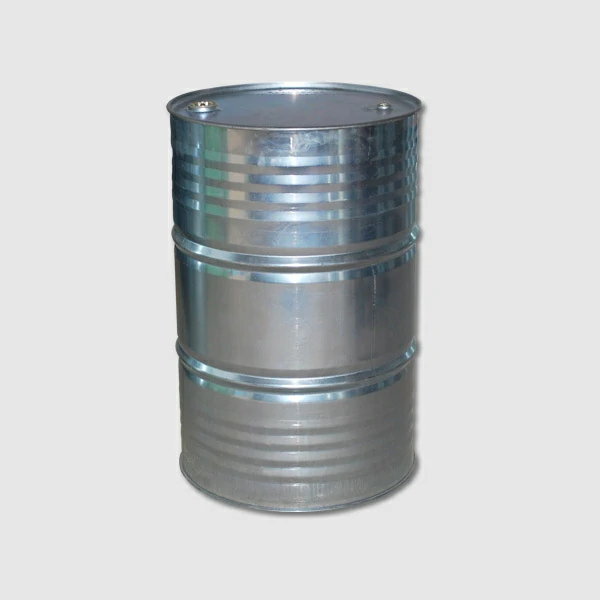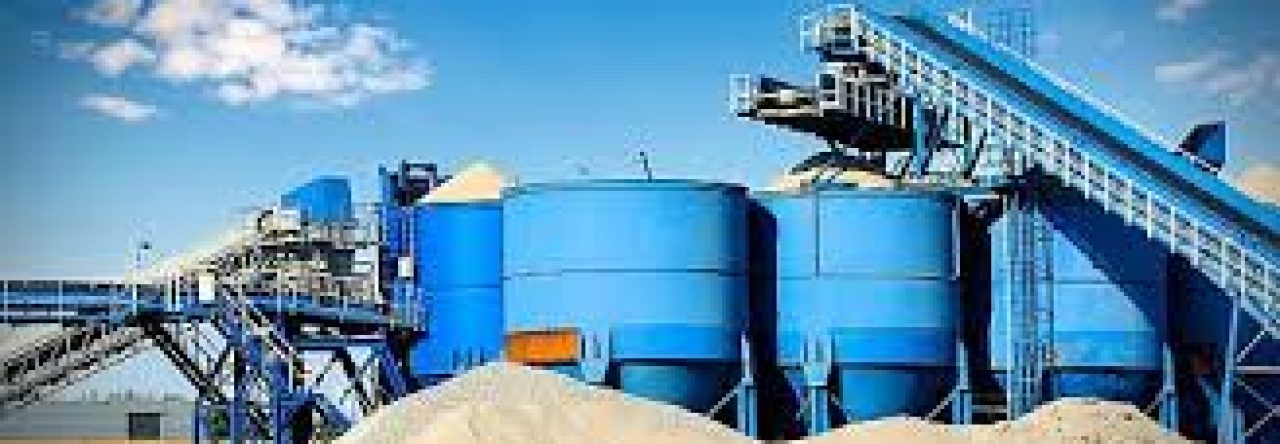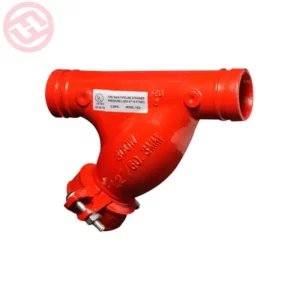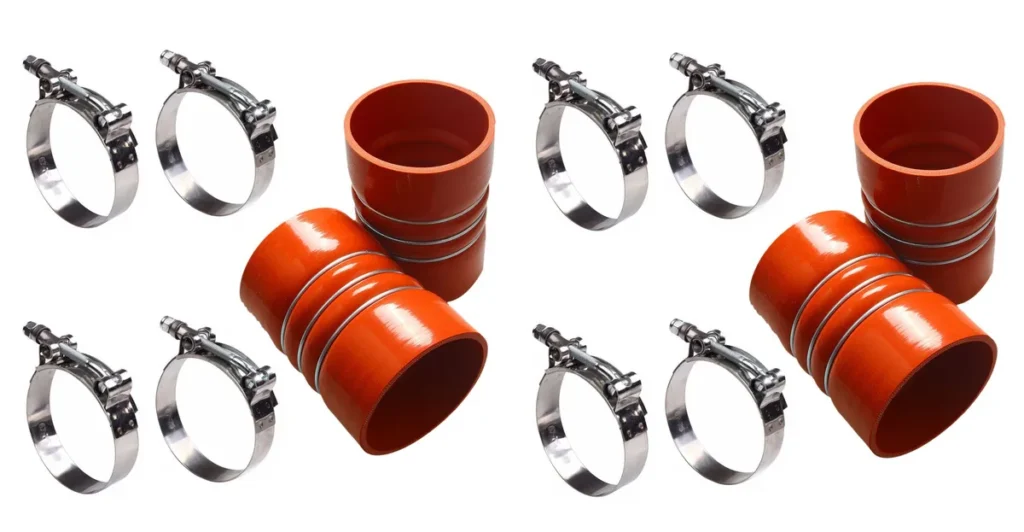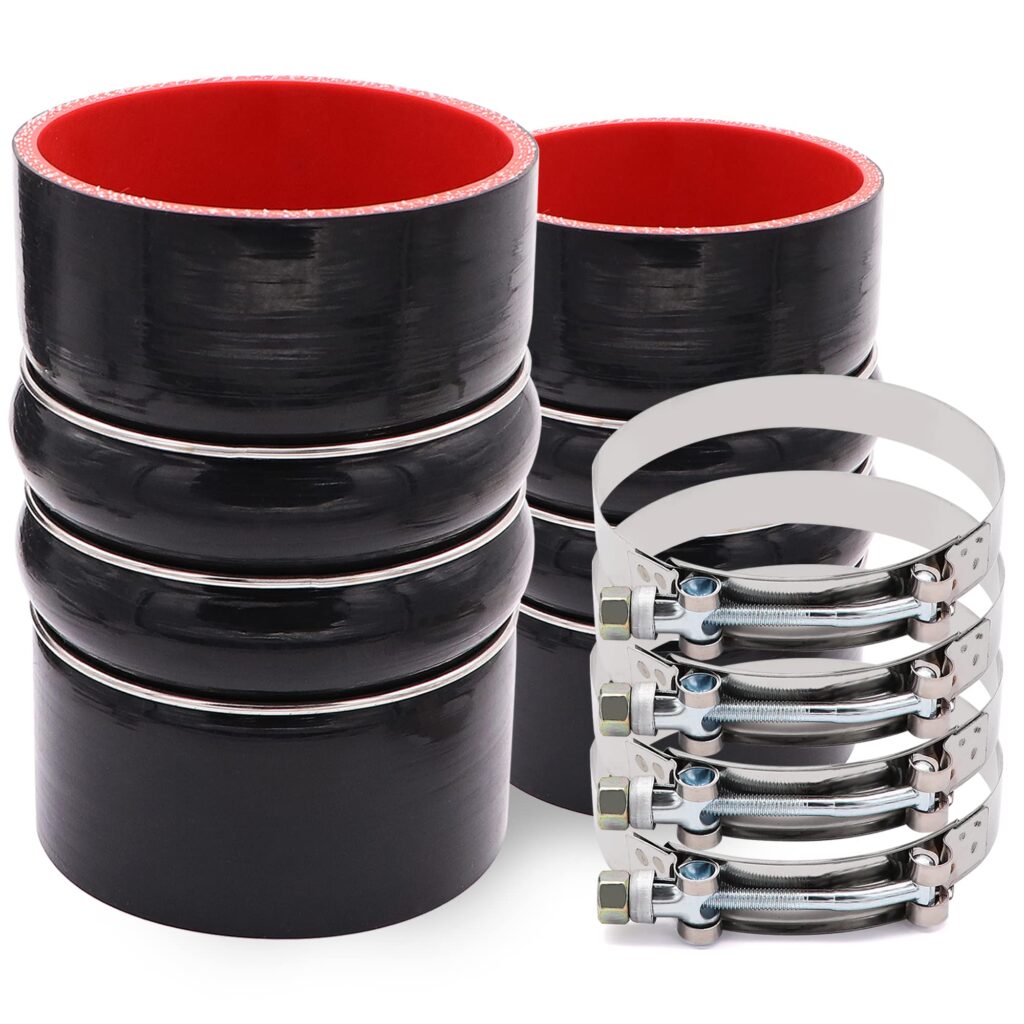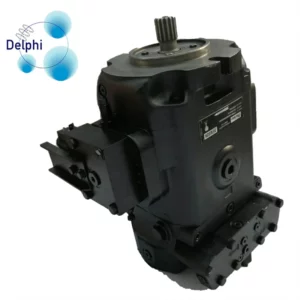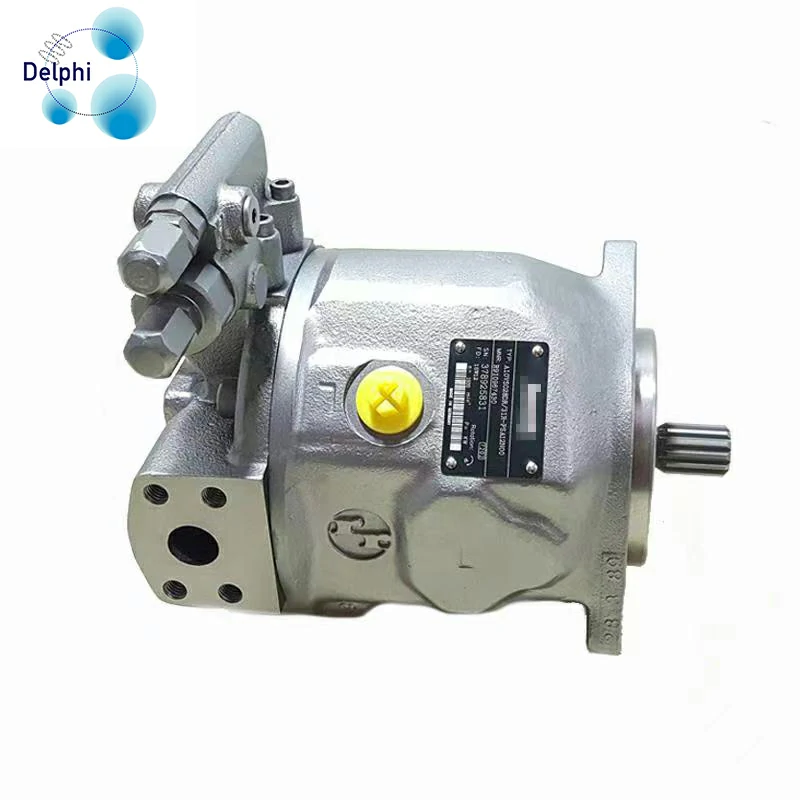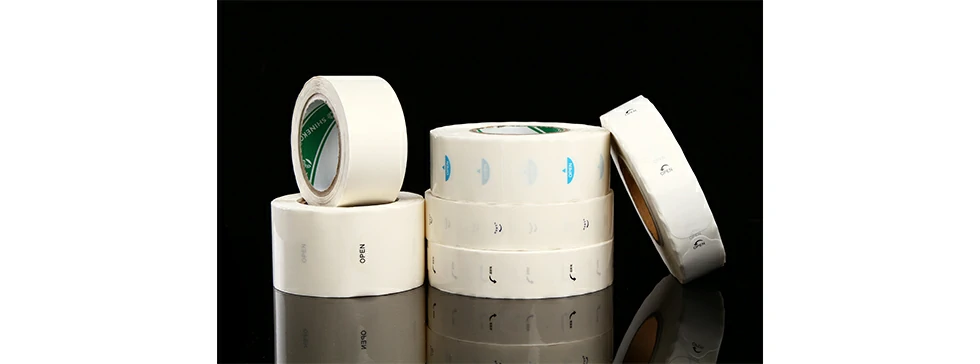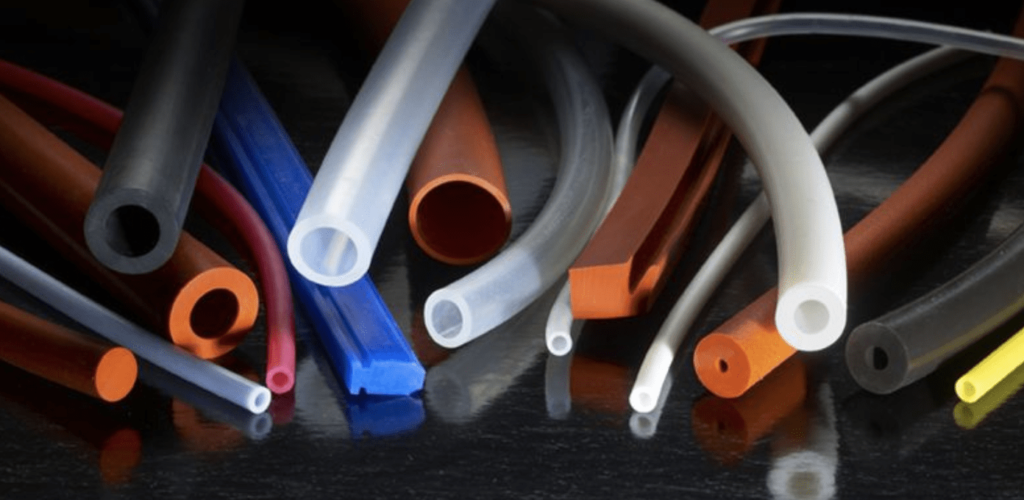The steric hindrance of DBU (1,8-diazabicyclo[5.4.0]undec-7-ene) significantly influences its reactivity in chemical reactions. Steric hindrance refers to the obstruction or hindrance caused by bulky groups surrounding a reacting center, affecting the accessibility of that center for interactions with other molecules. In the case of DBU, which has a bicyclic amidine structure, steric hindrance is associated with the crowded environment around the nitrogen atoms in the amidine group.
Here’s how the steric hindrance of DBU influences its reactivity:
- Nucleophilicity:
- The steric hindrance around the amidine nitrogen atoms in DBU can influence its nucleophilicity.
- Bulky substituents can hinder the approach of other reactants to the nitrogen atoms, impacting nucleophilic reactions.
- Steric Effects in Deprotonation:
- DBU is known for its strong basicity and is often used for deprotonation reactions.
- Steric hindrance around the amidine nitrogen atoms can affect the ease with which DBU can abstract protons from acidic substrates.
- Influence on Regioselectivity:
- Steric hindrance can influence the regioselectivity of reactions where DBU is involved.
- The crowded environment may favor certain reaction pathways or influence the preferred site of attack in a molecule.
- Steric Crowding in Reaction Intermediates:
- During reactions, intermediates may form, and steric hindrance can affect the stability and geometry of these intermediates.
- The crowding around the amidine group can impact the arrangement of atoms in the intermediate species.
- Access to Reaction Sites:
- Steric hindrance can affect the accessibility of the reaction sites on DBU for interaction with other molecules.
- Bulky substituents may limit the approach of reactants to the reactive centers of DBU.
- Influence on Catalyst Design:
- In catalytic reactions involving DBU, dbu chemical the steric hindrance can affect the design of the catalyst and the efficiency of the catalytic process.
- It may impact the binding of substrates to the catalyst.
- Reaction Rate and Efficiency:
- Steric hindrance can influence the rate of reactions involving DBU.
- The more crowded the environment around the reactive centers, the slower certain reactions may proceed.
- Impact on Selective Transformations:
- Steric hindrance is a key factor in selective transformations.
- It may influence the selectivity of DBU in reactions where multiple sites are available for interaction.
Understanding the steric hindrance of DBU is essential for chemists to predict and control its reactivity in various synthetic applications. While the bulky structure can pose challenges in certain situations, it can also provide benefits, such as enhanced selectivity in specific reactions. Researchers and synthetic chemists carefully consider steric effects when choosing reagents and designing reactions involving DBU to achieve the desired outcomes.
What is the significance of the bicyclic amidine structure in DBU?
The bicyclic amidine structure in DBU (1,8-diazabicyclo[5.4.0]undec-7-ene) holds significant importance in determining the properties and reactivity of this chemical compound. The amidine structure consists of two nitrogen atoms within a bicyclic framework, creating a unique molecular environment.
Here are some key significances of the bicyclic amidine structure in DBU:
- Basicity:
- The bicyclic amidine structure imparts strong basicity to DBU.
- The two nitrogen atoms in the amidine group are capable of accepting protons, making DBU a powerful non-nucleophilic base.
- Non-Nucleophilic Character:
- Despite its strong basicity, DBU is often considered non-nucleophilic due to the nature of its amidine nitrogen atoms.
- The bicyclic structure restricts the nucleophilic attack of DBU on electrophiles.
- Steric Hindrance:
- The amidine structure introduces steric hindrance around the nitrogen atoms.
- This steric hindrance can impact the accessibility of the nitrogen atoms for interactions in chemical reactions.
- Regioselectivity:
- The bicyclic amidine structure influences the regioselectivity of reactions involving DBU.
- The crowded environment may favor specific regioisomers or pathways in certain reactions.
- Catalytic Activity:
- DBU, with its bicyclic amidine structure, dbu cas number is often used as a catalyst in various reactions.
- The structure contributes to the catalytic efficiency and selectivity of DBU in certain transformations.
- Conformational Rigidity:
- The bicyclic structure imparts conformational rigidity to DBU.
- This rigidity can influence the preferred geometry of the molecule and the orientation of functional groups.
- Synthetic Versatility:
- The amidine structure contributes to the synthetic versatility of DBU.
- DBU is widely employed in organic synthesis, and the amidine group plays a crucial role in its reactivity and selectivity.
- Prevention of Nucleophilic Attack:
- The bicyclic amidine structure helps prevent undesired nucleophilic attack by DBU in certain reactions.
- This feature is advantageous in reactions where nucleophilic interference needs to be minimized.
- Chelation and Coordination Properties:
- The amidine nitrogen atoms can exhibit chelation and coordination properties in metal-catalyzed reactions.
- The bicyclic structure enhances the stability of metal complexes formed during catalysis.
- Impact on Reaction Mechanisms:
- The bicyclic amidine structure influences the reaction mechanisms of processes involving DBU.
- It may affect the formation of intermediates and transition states in chemical transformations.
- Influence on Product Distribution:
- The structure of DBU can impact the distribution of reaction products in multi-step syntheses.
- Regioselectivity and chemoselectivity may be influenced by the bicyclic amidine framework.
Understanding the significance of the bicyclic amidine structure in DBU is crucial for chemists and researchers when designing synthetic routes, predicting reactivity, and optimizing conditions for chemical transformations. The unique combination of strong basicity, non-nucleophilic character, and steric effects makes DBU a valuable tool in organic synthesis and various chemical processes.
